Ananda Coomaraswamy’s Hinduism and Buddhism, like all his writings, is a masterpiece. In this work he sets forth his ideas with his usual depth and insight to discard the wrong notions about the divergence in the basic philosophies of these two major religions that have been propounded by ‘European scholars and by Indians trained in our modern sceptical and evolutionary modes of thought.’ In Hinduism and Buddhism Coomaraswamy has tried to show that the essentials of these religions are the same and form what may be called as the Philosophia Perennis or the Eternal Philosophy. His contention is that Hinduism and Buddhism are not contradictory but the one is a development out of the massive foundation of the other. It is only to those who have made a superficial study that Buddhism seems different from Brahmanism; the more profound is the study, the more difficult it becomes to distinguish Buddhism from Brahmanism. Hinduism and Buddhism is divided into two parts with copious notes added to each part. In the first part, dealing with Hinduism, Coomaraswamy has examined in detail the fundamental concepts like karma, maya, reincarnation, the darsanas, the sacrifice, social order, etc., and in the second part, dealing with Buddhism, he shows that in essentials it was the same as Hinduism and that Buddha did not strive ‘to establish a new order to restore an older form.’ In sum, the basic philosophy of great religions is drawn from a common fount and the new religions are but the recognition of a common thought manifested under different forms.
Hinduism and Buddhism
$13.50
$15.00

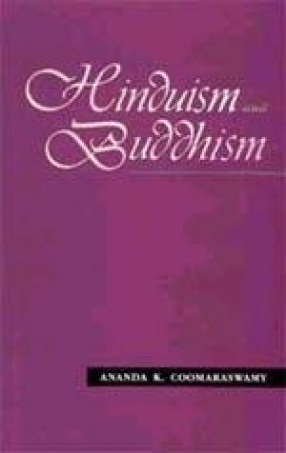
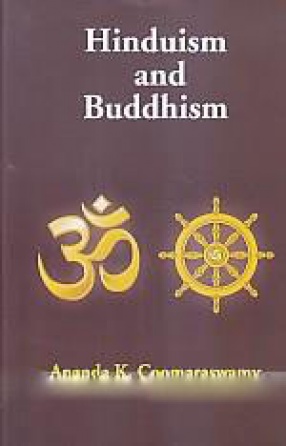
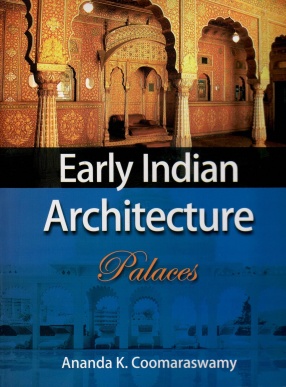
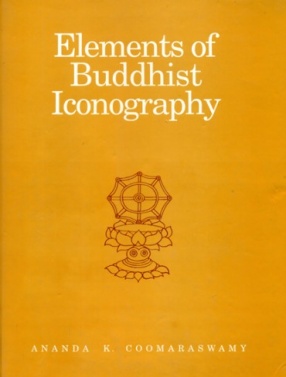
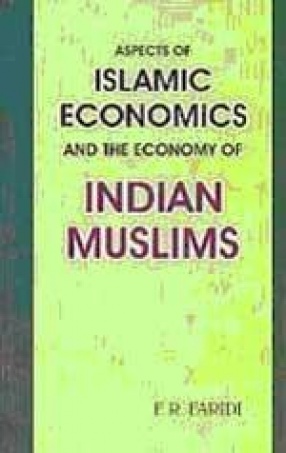

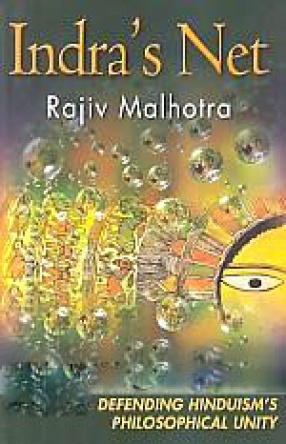
There are no reviews yet.